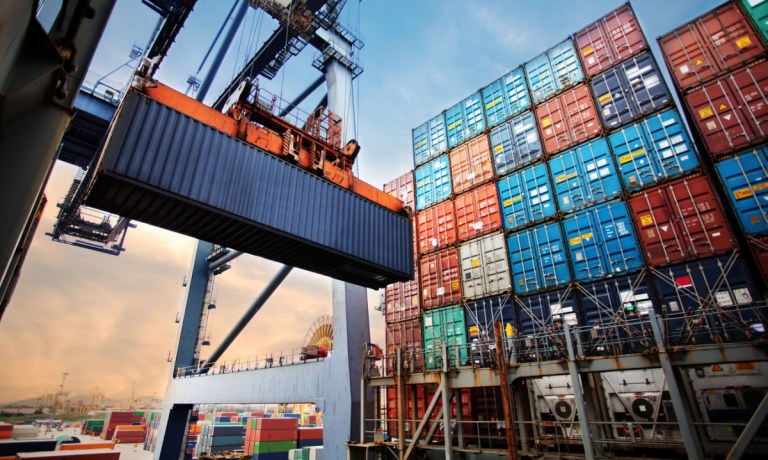
Historically, freight forwarding has been a complex and labor-intensive process, characterized by manual paperwork, fragmented communication channels and numerous intermediaries.
However, the emergence of digital platforms and innovative technologies is revolutionizing the way goods are transported, coordinated and managed globally.
Key areas where technology and automation are making significant inroads include booking and coordination, customs clearance, transportation, warehousing and distribution. These advancements are streamlining operations, reducing errors, enhancing visibility and ultimately improving the overall efficiency of freight forwarding processes.
One notable example of this digital transformation is the increasing adoption of online platforms enabling shippers to compare rates, book shipments and track deliveries in real time, all from a single interface. Such streamlined processes significantly reduce the time and resources needed to oversee shipments, while also minimizing the risk of errors and delays.
Freightos, operator of a vendor-neutral digital booking and payments platform for the international freight industry, is one such example. The company recently reported significant engagement across its marketplace, facilitating over 1 million transactions in a fiscal year.
“As we reflect on our first year as a public company — a year marked by significant challenges for the freight industry — Freightos … achieved a significant milestone […],” company CEO Zvi Schreiber said on a Feb. 26 earnings call. “This pivotal year has solidified our position as a leading platform for international freight, highlighting how our relentless drive to digitalize the industry delivers exceptional value to our customers.”
Furthermore, technology is revolutionizing the documentation process in the shipping industry, with digital tools and solutions facilitating the electronic generation, exchange and storage of shipping documents, such as bills of lading, customs declarations and certificates of origin.
This shift away from paper-based documentation not only reduces administrative burdens but also enhances accuracy, compliance and data security, as Thomas Bagge, CEO at Digital Container Shipping Association (DCSA) — a nonprofit group founded by nine major ocean carriers including Maersk, MSC, ZIM and ONE — told PYMNTS in an interview last year.
He highlighted the pivot toward paperless trade within the container shipping industry at the height of the pandemic, prompting the launch of DCSA by member carriers in April 2020. “They see [the benefits] — cost savings, [improved] customer experience, and a more sustainable supply chain,” Bagge explained.
In response, DCSA’s member carriers have committed to fully adopting a DCSA standards-based electronic bill of lading (eBL) by 2030 in a push to streamline document management and foster interoperability across global supply chains.
Beyond industry initiatives, government intervention is playing a pivotal role in propelling the digital agenda forward. Countries such as Singapore have been spearheading efforts to modernize trade documentation practices, Bagge said, while the U.K. has enacted legislation to recognize electronic bills of lading.
Finally, increasing investments in the sector underscore a strong momentum towards accelerating digital transformation moving forward.
For instance, Cargofive, a freight forwarding firm, recently announced the successful completion of an extended funding round, securing 2.5 million euros from key investors, notably including EIT Urban Mobility, an affiliated body of the European Union.
Commenting on the news in a Tuesday (March 26) press release, CEO and Co-founder Sebastian Cazajus underscored Cargofive’s mission to simplify and expedite freight forwarding operations, catalyzing a shift toward a cheaper and digitally-driven logistics landscape.
“International shipping has remained largely offline until recent years, causing products to cost more and arrive later than needed,” Cazajus said in the release. “We launched Cargofive to transform this reality, aiming to simplify how freight forwarders operate, and make them quicker and more cost-effective.”